
DHCP DNS and Web Server configuration in cisco packet tracer dhcp
network's DHCP server. The DHCP server contains a range (or scope) of IP addresses that it is allowed to give out. If there is an address available, the DHCP server will send your computer a response containing an IP address, the default gateway address, subnet mask, and the lease time that your computer can use the address for.
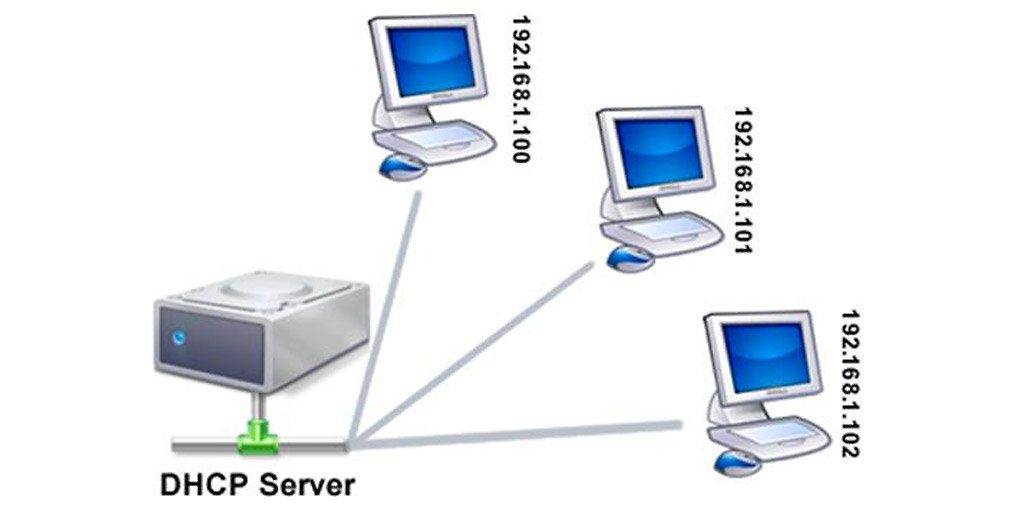
What is Dynamic Host Configuration Protocol (DHCP) and How it Works
DHCP Server. A DHCP server is what the system uses to automatically provide IP addresses and additional network parameters to the devices that connect to your network. It is able to provide temporary or dynamic IP addresses taken from a pool of available addresses. In addition, a DHCP server gives permanent IP addresses and DHCP configuration.

Dhcp Server Network Diagram Dhcp, the dynamic host configuration
RFC 2131 Dynamic Host Configuration Protocol March 1997 3. The Client-Server Protocol DHCP uses the BOOTP message format defined in RFC 951 and given in table 1 and figure 1. The 'op' field of each DHCP message sent from a client to a server contains BOOTREQUEST. BOOTREPLY is used in the 'op' field of each DHCP message sent from a server to a.
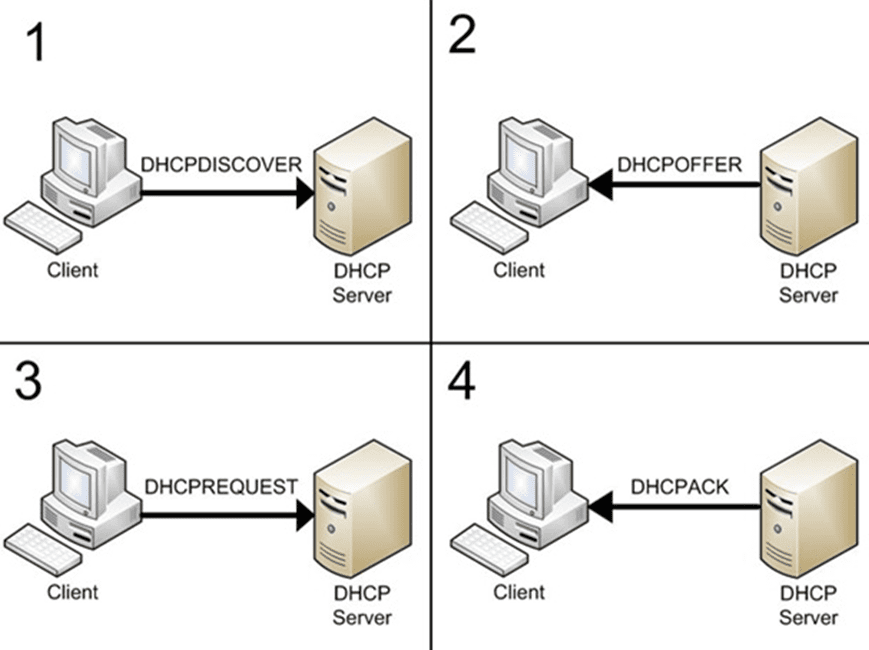
DHCP Protocol It's Importance & Uses For SysAdmins
Dynamic Host Configuration Protocol (DHCP) is a client/server protocol that automatically provides an Internet Protocol (IP) host with its IP address and other related configuration information such as the subnet mask and default gateway.

Dhcp Server Network Diagram Learn Diagram Images
Dynamic Host Configuration Protocol (DHCP) is a network management protocol used in networks to dynamically assign IP addresses & other network configuration information like default gateway, mask, DNS server address etc. DHCP server automatically assigns IP address to various devices in network. This in turn reduces work of Network Administrator to manually assign IP address to various devices.
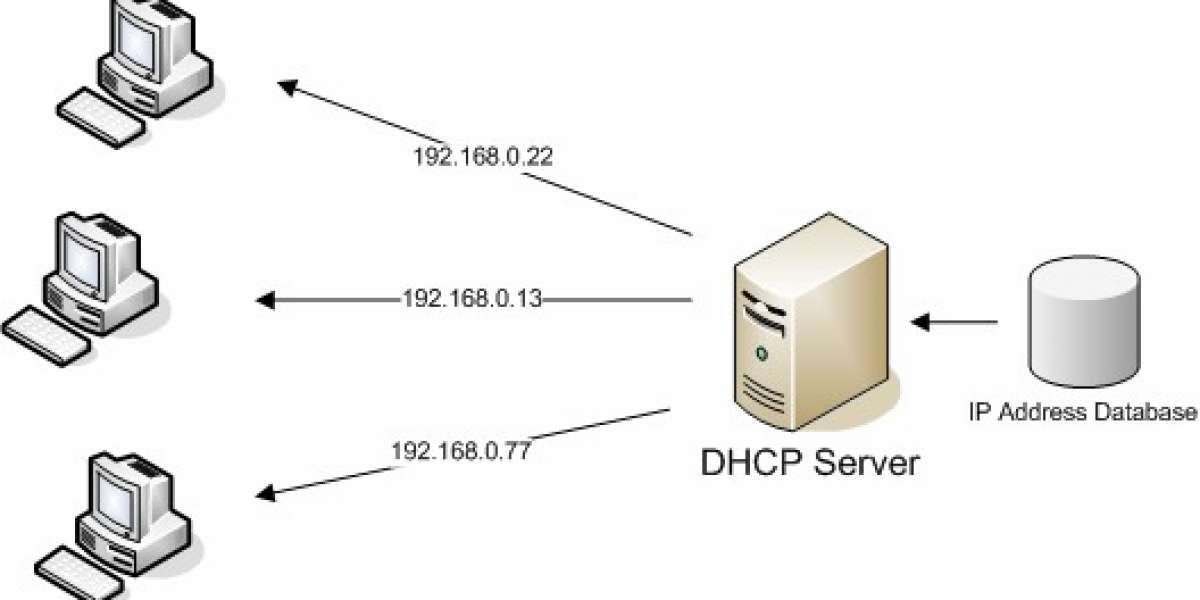
Deployment of DHCP Server
DHCP is a client-server protocol. A client is a device that is configured to use DHCP to request network parameters from a DHCP server. DHCP server maintains a pool of available IP addresses and assigns one of them to the host. A DHCP server can also provide some other parameters, such as: subnet mask; default gateway; domain name; DNS server

Configuration Of Dhcp Server In Packet Tracercn Network Lab
Dynamic Host Configuration Protocol (DHCP) is a network protocol used to dynamically assign IP addresses and other network settings to devices on a local network.

DHCP Protocol Everything you need to know including working & Security
Dynamic Host Configuration Protocol (DHCP) is a standard protocol defined by RFC 1541 (which is superseded by RFC 2131) that allows a server to dynamically distribute IP addressing and configuration information to clients. Normally the DHCP server provides the client with at least this basic information: IP Address Subnet Mask Default Gateway
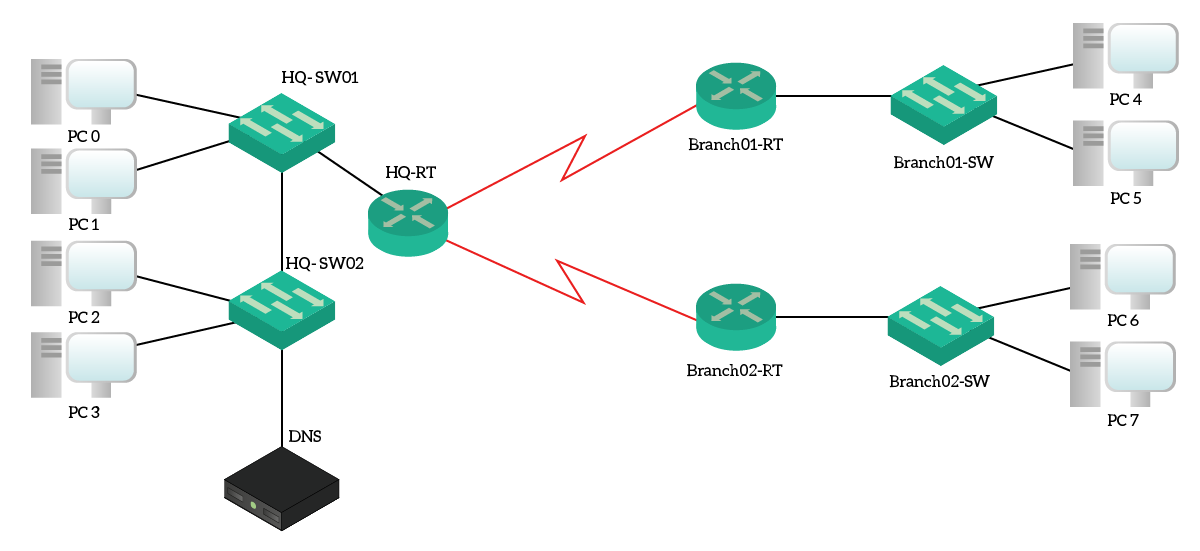
DHCP Server on Cisco Router Configure and Troubleshoot
DHCP Server: DHCP Server is basically a server that holds IP Addresses and other information related to configuration. DHCP Client: It is basically a device that receives configuration information from the server. It can be a mobile, laptop, computer, or any other electronic device that requires a connection.

What is Dynamic Host Configuration Protocol (DHCP)?
Dynamic Host Configuration Protocol (DHCP) is a client/server protocol that automatically provides an Internet Protocol (IP) host with its IP address and other related configuration information such as the subnet mask and default gateway. In DHCP, port number 67 is used for the server and 68 is used for the client.

How DHCP Server Assigns IP Addresses to the Client Computers? Networking
DHCP (Dynamic Host Configuration Protocol) is a protocol that provides quick, automatic, and central management for the distribution of IP addresses within a network. It's also used to configure the subnet mask, default gateway, and DNS server information on the device.
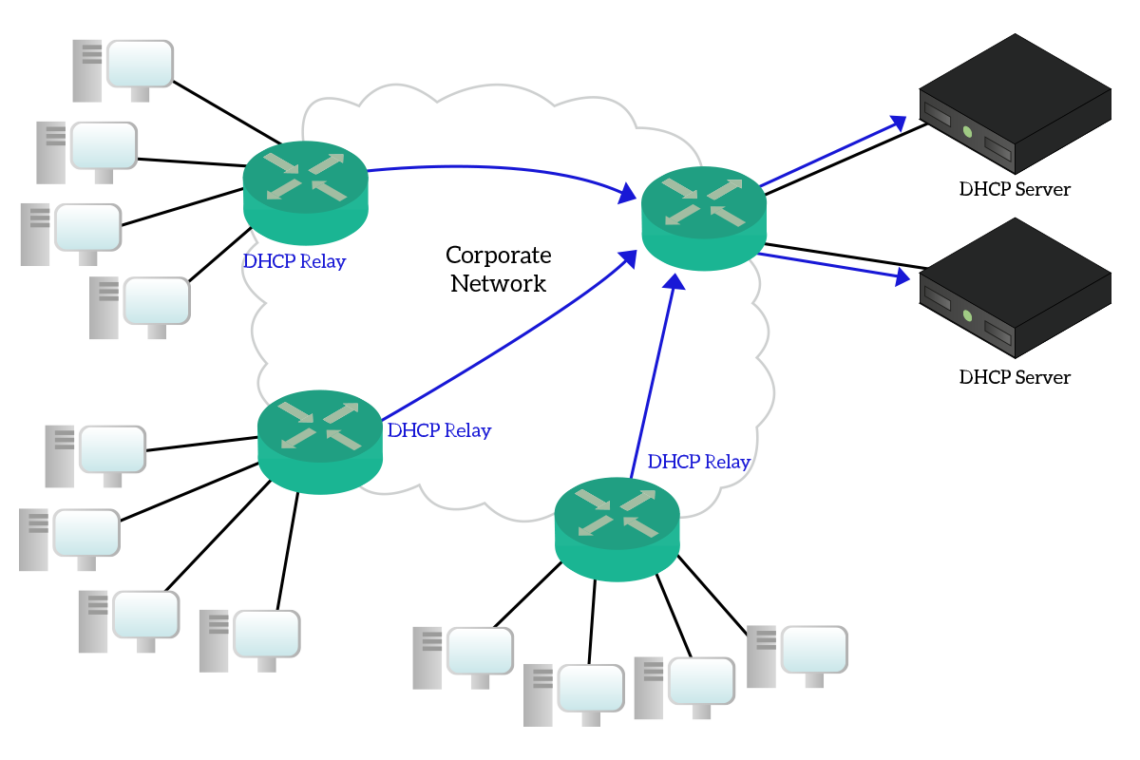
Protocols for the network DNS, DHCP, Dynamic Routing
Lab 6 Network Diagram (Note: Subnet labels and dashed borders are for informational use only) Implementation.. ip dhcp-server network add address=10.0.1.0/24 dns-server=8.8.8.8,8.8.4.4 gateway=10.0.1.254 ip dhcp-server network print. After configuring clients (see below), you can check on the router to see which IP addresses have been.
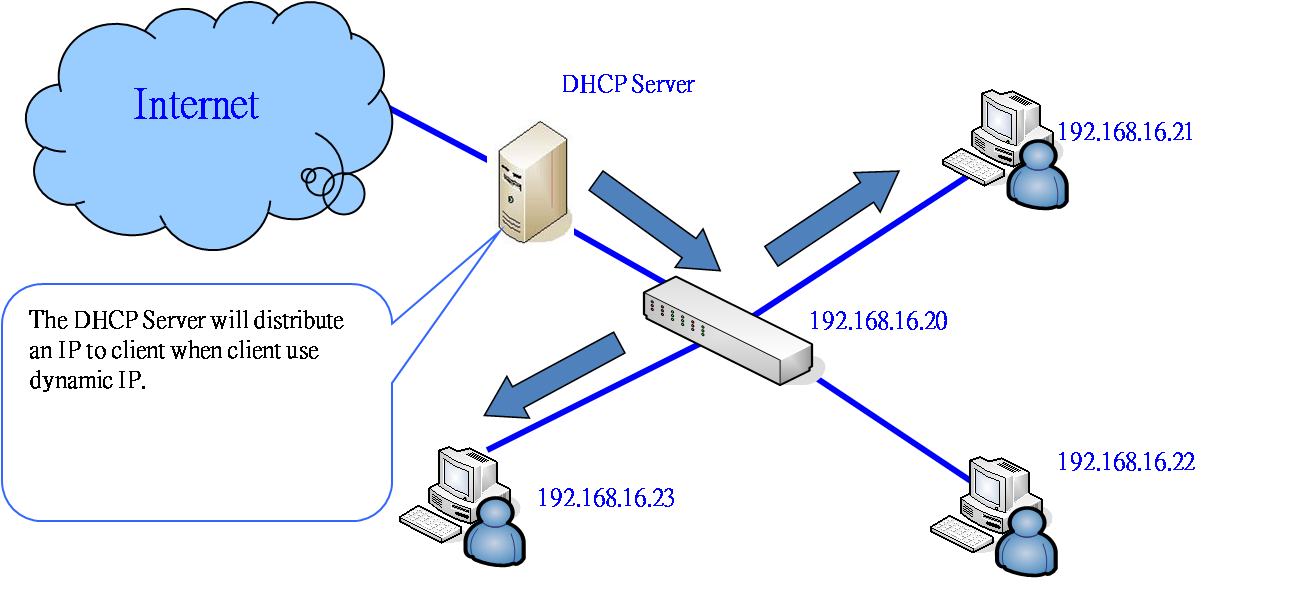
Pengertian DHCP dan Fungsinya Lengkap Belajar Komputer Panduan
A DHCP Server is a network server that automatically provides and assigns IP addresses, default gateways and other network parameters to client devices. It relies on the standard protocol known as Dynamic Host Configuration Protocol or DHCP to respond to broadcast queries by clients.
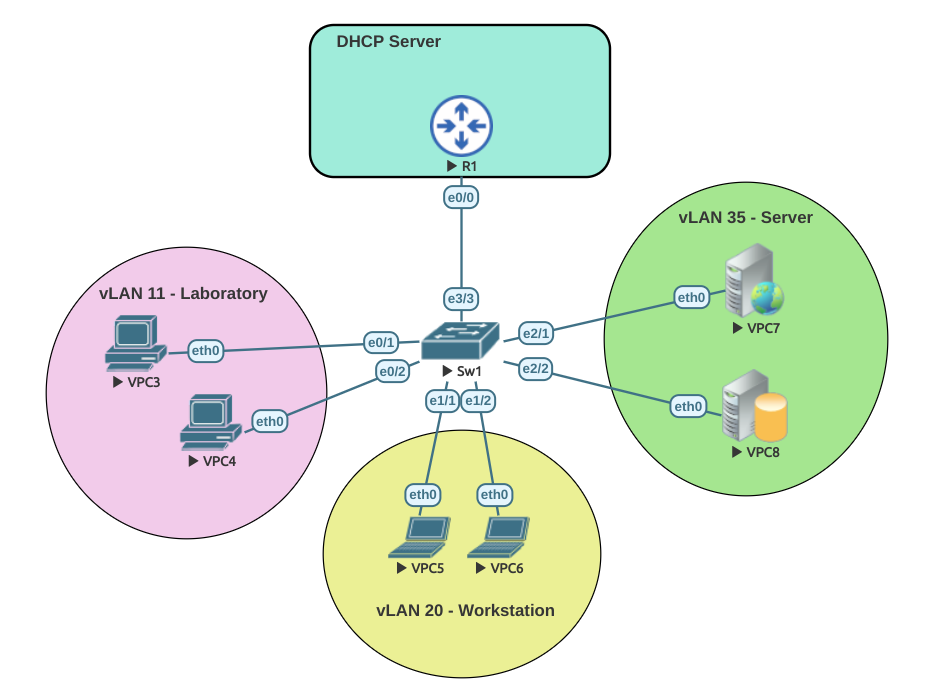
Lab DHCP Server with a VLSM network
A DHCP server contains several pre-configured IP configurations. When it receives a DHCP request from a DHCP client, it provides an IP configuration to the client from all available IP configurations. This process goes through four steps: Discover, Offer, Request, and Acknowledgment. The following image shows all four steps of a DHCP communication.
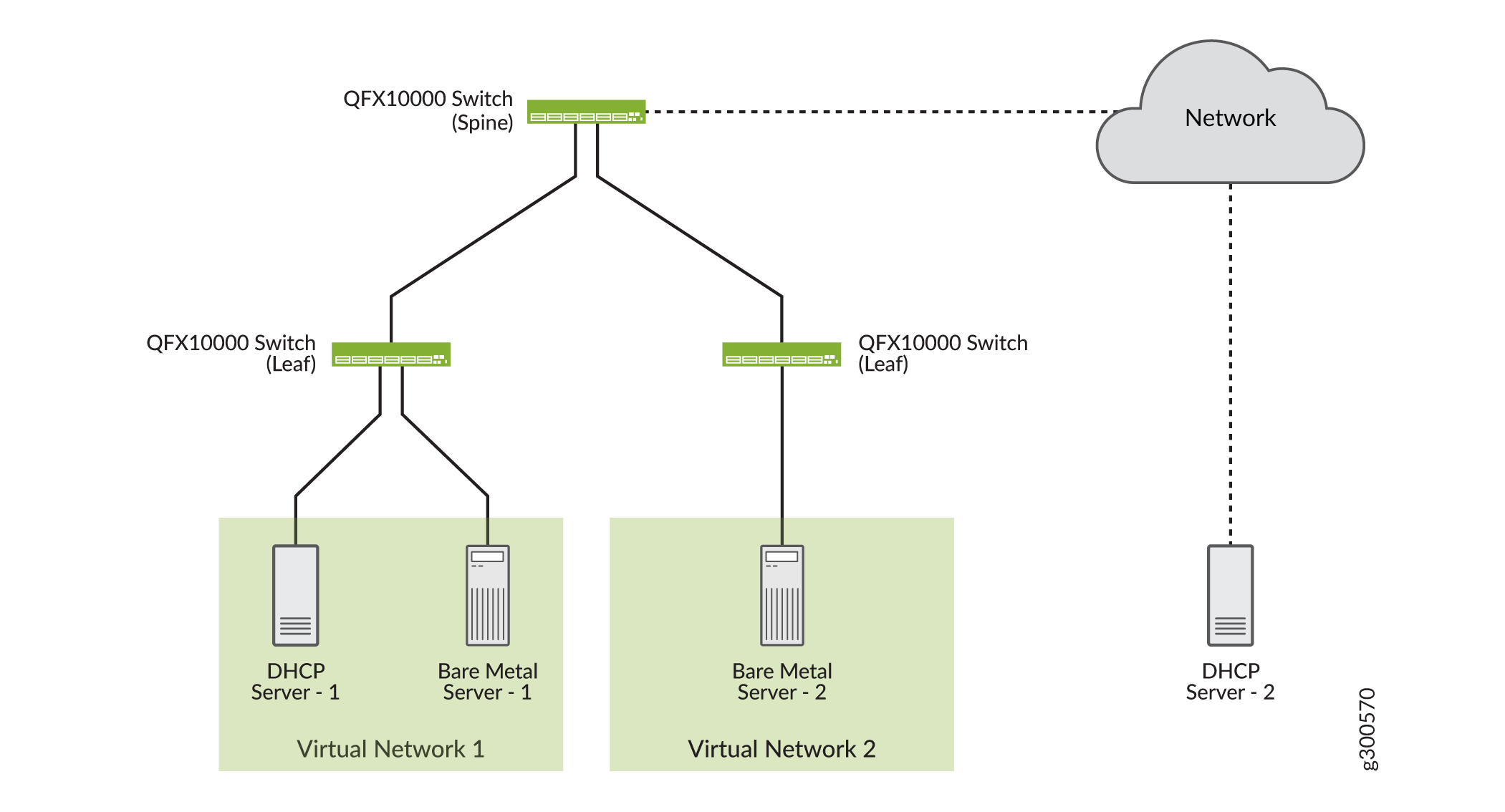
Adding DHCP Server Information for Virtual Network and Logical Routers
The preceding diagram shows the following steps: The client discovers a DHCP server by broadcasting a discover message to the limited broadcast address ( 255.255.255.255) on the local subnet. If a router is present and configured to behave as a BOOTP relay agent, the request is passed to other DHCP servers on different subnets.
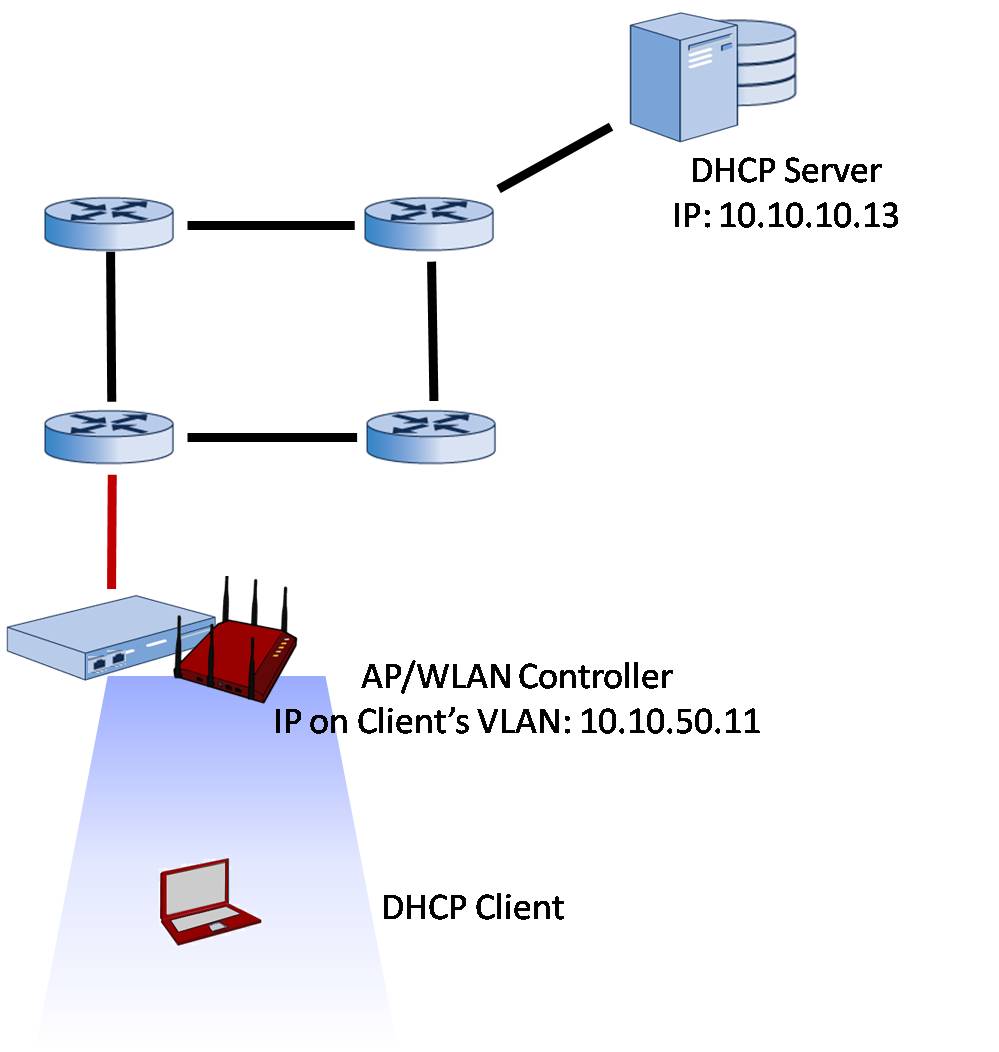
DHCP for Wireless LAN Clients
Automatic address assignment via the Dynamic Host Configuration Protocol proceeds in four consecutive steps:. To begin, send the client a DHCPDISCOVER package with the target address 255.255.255.255 and the source address 0.0.0.0. With this so-called broadcast, all network users are contacted to locate available DHCP servers and inform them of the address request.